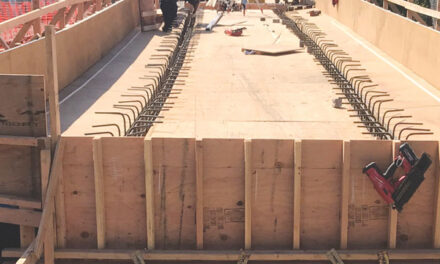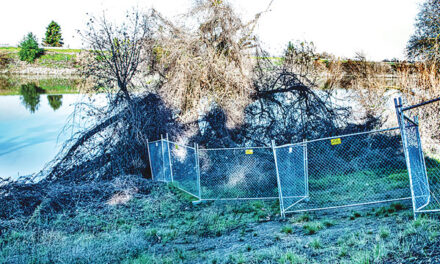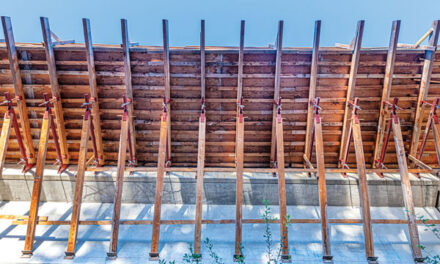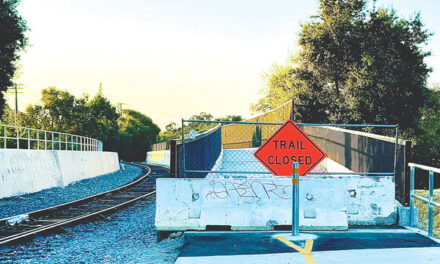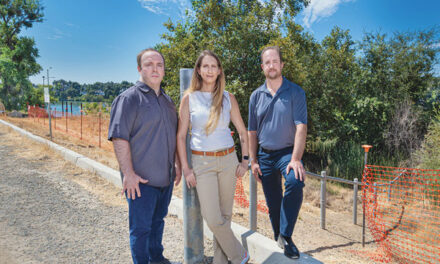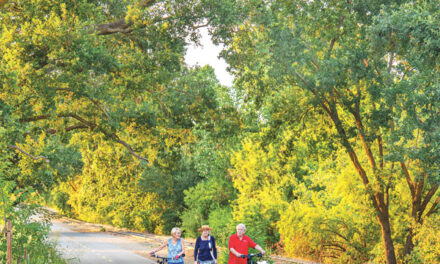What’s better than a long life? A long, active and healthy life. Here’s where transportation policy and health policy work together.
People are living longer. There have been dramatic increases in lifespan over the last century, but increases in healthspan have not kept pace.
Healthspan is the portion of your life spent in good health, free from chronic disease and the disabilities of aging. Clearly, it’s desirable to be robust rather than frail as we age.
There are significant personal, familial and social costs when someone becomes so frail or bewildered that they need help with ordinary activities. Being unable to perform routine tasks represents a lack of function that puts a burden on loved ones and society.
The sad fact is age is a risk factor for many conditions, including cancer, diabetes, coronary heart disease, stroke, osteoporosis, high blood pressure and dementia. Age is a risk that can’t be avoided.

Currently, about 20 percent of a person’s life is lived with morbidity, that is, having a disease or medical condition. Today we’re living not just with a pandemic. We’re also in the midst of chronic diseases.
This reality so concerned oncologist and bioethicist Dr. Ezekiel Emanuel that he wrote a 2014 article (when he was 57) in The Atlantic magazine titled, “Why I hope to die at 75.” He expressed fears about a non-vigorous, non-productive, non-creative life. His notion, greatly simplified, was: Give me health, or give me death.
Many baby boomers have entered their 70s. Most probably disagree with Emanuel. Still, they are likely experiencing the physical deterioration that often accompanies aging. Despite America’s wealth and enormous outlays for health care, we fare poorly in outcomes compared to other developed countries. Even worse are our disturbing differences in lifespan and healthspan among different socioeconomic groups.
The best approach to health is through a healthy lifestyle. We know not smoking, maintaining a good diet, social networks and physical activity increase lifespan and healthspan. Making positive changes in those areas shorten the gap between the end of a healthy life and the end of life.
Though public health has historically not been factored into transportation decisions, the two are bound together. Transportation causes air pollution, fatalities and injuries from traffic crashes.
On the flip side, biking and walking for transportation (not just for recreation) are simple, cost-effective ways to incorporate physical activity into daily life. Walking or biking for a trip to a grocery or drug store, restaurant, post office or workplace can be just as convenient as driving—and more pleasurable.
It’s not possible to correct all the consequences of a lifetime of poor eating, but it’s never too late to reap the benefits of increased physical activity. Start right now.
Research indicates bicycling increases both lifespan and healthspan and reduces the risk of dementia. A New Zealand study found those who biked to work had a 13 percent reduction in mortality. A British study showed bicycling improved the immune system.
Carlijn Kamphuis of the University of Utrecht in the Netherlands observes, “You could say that for every hour you cycle, you get an hour back in return. So, it adds to your life actually.”
And it adds to a healthier life. Bicycling helps avoid the four common diseases (among others) that account for 80 percent of chronic disease related deaths: diabetes, cardiovascular disease, respiratory disorders and (some) cancers.
The World Health Organization designated 2021-2030 the decade of healthy aging. Prevention and delay of disease make economic and moral sense. We can focus not just on preventing death, but prolonging health. Long-term poor health doesn’t have to be inevitable. Moving our bodies needs to be a movement.
Walt Seifert is executive director of Sacramento Trailnet, an organization devoted to promoting greenways with paved trails. He can be reached at bikeguy@surewest.net. Follow us on Facebook, Twitter and Instagram: @insidesacramento.



